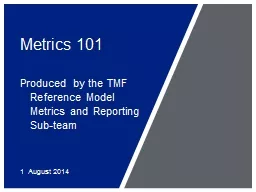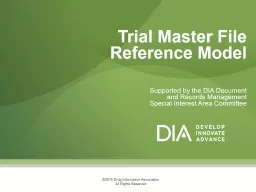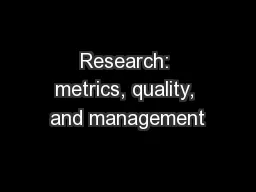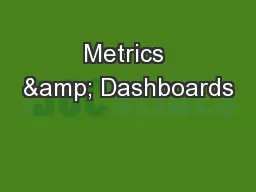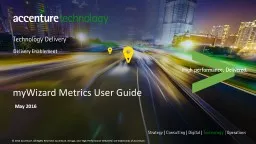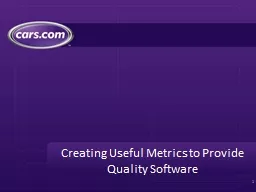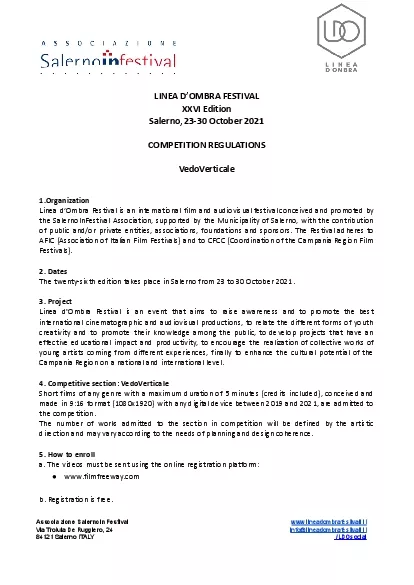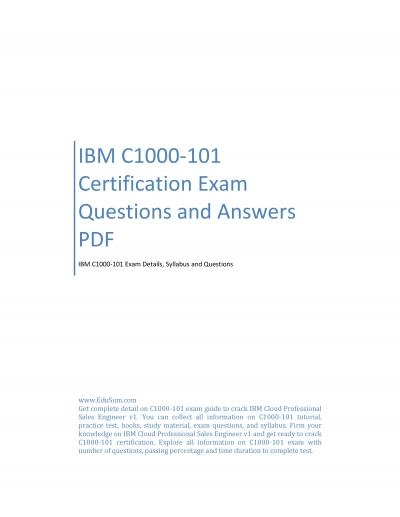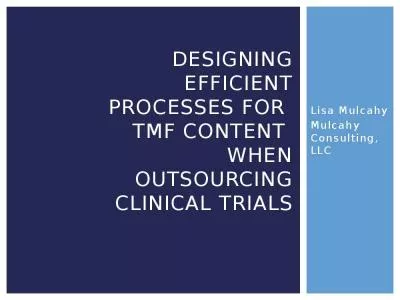PPT-Metrics 101 Produced by the TMF Reference
Author : tatiana-dople | Published Date : 2018-10-29
Model Metrics and Reporting Subteam 1 August 2014 Why a metrics program Goals of a metrics program Types of metrics Further analytics on metrics Metrics program
Presentation Embed Code
Download Presentation
Download Presentation The PPT/PDF document "Metrics 101 Produced by the TMF Referenc..." is the property of its rightful owner. Permission is granted to download and print the materials on this website for personal, non-commercial use only, and to display it on your personal computer provided you do not modify the materials and that you retain all copyright notices contained in the materials. By downloading content from our website, you accept the terms of this agreement.
Metrics 101 Produced by the TMF Reference: Transcript
Download Rules Of Document
"Metrics 101 Produced by the TMF Reference"The content belongs to its owner. You may download and print it for personal use, without modification, and keep all copyright notices. By downloading, you agree to these terms.
Related Documents

